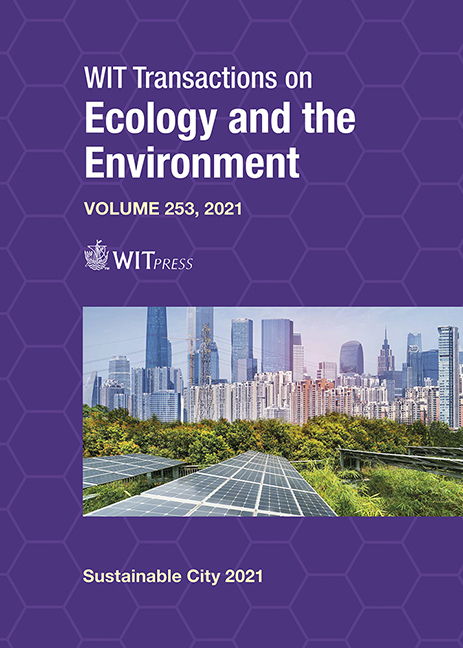FUTURE OF DWELLING: THE ADVANTAGES OF PREFABRICATION IN ALLEVIATING THE RESIDENTIAL CRISIS
Price
Free (open access)
Transaction
Volume
253
Pages
14
Page Range
383 - 396
Published
2021
Size
1,412 kb
Paper DOI
10.2495/SC210321
Copyright
Author(s)
CAMILO CERRO
Abstract
The United States is facing an affordable housing crisis which is affecting people across the whole income spectrum. In 2018, the National Income Housing Coalition found that there is no state where a renter, working full-time at minimum wage can afford a two-bedroom apartment. Nationally, there is a shortage of more than four million affordable homes which in turn increases the price of all existing dwellings. This results in nearly 60% of renters nationwide unable to buy a home, with 70% of low- income families severely cost-burdened, paying more than half their income on rent. Even as the economy continues to grow and the housing market rebounds from the 2008 recession, the population faces widening inequality. For many, an inability to comfortably pay for housing, stagnation of wages and increasing housing cost is making housing insecurity one of the hidden truths of the present real estate market. COVID-19 has made the situation more complicated by raising the cost of labor and materials, due to a scarcity of both, which makes affordable housing expensive to build and the attempt to follow a sustainable construction system of circular economy very complicated. Since accessible housing is the key to reducing intergenerational poverty and increasing economic mobility, a solution needs to be found. This article will present an overview of the prefabrication industry resulting in a design to be used as a case study to test the feasibility of this construction manufacturing process, to test why the future of dwelling resides in prefabrication.
Keywords
affordable housing, prefabrication, interdependence, COVID-19, housing insecurity, inequality, economic mobility





